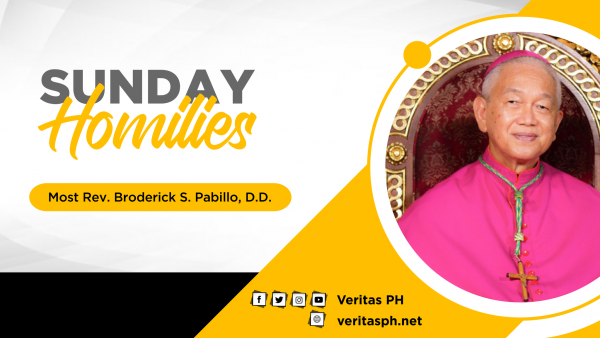2,342 total views

3rd Sunday Lent C
Exodus 3:1-8, 13-15
Moses, having fled to Midian, encounters the Angel of the Lord while tending his sheep (v2). This moment marks his call to free the Israelites. The fire in the bush signifies God’s presence, with “seneh” potentially hinting at Sinai. The passage comes from the Elohist (E) tradition, linking the Sinai covenant to Moses’ mission. Moses removes his shoes in respect for the sacred ground.
Yahweh identifies Himself as the God of the patriarchs, indicating His continuous presence despite the Egyptian interlude (v6). Moses’ fear is warranted as encountering God is perilous (Ex 33:20). Yahweh asserts His intervention (“I have come down”) to lead His people to prosperity, described as a land “flowing with milk and honey” (v8).
Moses expresses doubt about his ability, but Yahweh assures him of His presence (vv11f). When Moses asks for God’s name (vv13f), He responds with “I am who I am” (v14), suggesting an understanding of His dynamic existence. The name’s sacredness is emphasized—Yahweh was not vocalized by the Hebrews, who used “Adonai” (Lord) instead.
1 Cor 10:1-6, 10-12
Paul warns against over-confidence by drawing a typological comparison between the Exodus events and the Christian experience. The cloud and sea symbolize baptism, and being “baptized into Moses” foreshadows baptism into Christ. Manna and water from the rock in the desert represent spiritual nourishment, connecting to the Eucharist. The rock is identified as Christ, highlighting His continued presence with believers.
Paul emphasizes that, despite the Israelites’ favored status, they faced God’s punishment for rebellion, serving as a warning to Christians. He reminds the Corinthians not to assume their salvation is assured, as they live in a critical moment where past examples demonstrate that even the favored can succumb to evil.
Luke 13:1-9
Jesus addresses a common issue faced by the early Christian community: a sense of complacency regarding the delay in the Lord’s return. This situation is reminiscent of what Paul addresses in the second reading from Corinth. In the previous chapter (Luke 12), Jesus stresses the importance of being alert and repenting.
One way to avoid self-examination is to adopt an attitude of “This couldn’t happen to me,” distancing oneself from the suffering of others. There is no external evidence of Pilate’s brutal actions (v1) or the tower’s collapse in Siloam (v4). The traditional Hebrew belief in the direct relationship between a person’s sin and the disasters that befall them was still prevalent in Jesus’ time, although it was often questioned. Jesus sidesteps this idea of retribution and reminds his listeners that there is a lesson in tragedy for everyone (vv3,5). Before God, there are no exceptions. The only lesson to be learned is one of alertness and repentance.
The parable of the fig tree (vv6-9) could illustrate God’s patience and forbearance in facing human failure. However, in this context, it serves as a warning. If conversion does not occur in a timely manner, the opportunity may run out. This theme of urgency is a recurring idea in Luke’s writings (see Luke 12:16-21 and 17:20-31).
In his parable, Jesus highlights God’s patience but also warns us that time will run out if we do not repent. “If today (we) hear his voice, harden not (our) hearts.” May we not be complacent. Amen!








